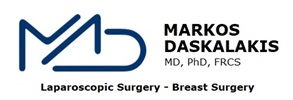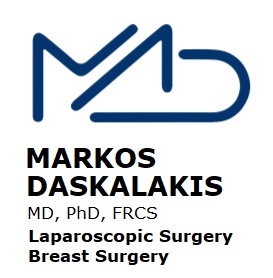Laparoscopic Anti-Reflux Surgery
Hiatal Hernia Repair
Anti-reflux surgery is the standard surgical method of treating gastro-oesophageal reflux disease.

Gastro-Oesophageal Reflux Disease (GORD)
Procedure Indications
- Surgery is required if medical treatment fails to relieve the symptoms, or, if the medication satisfactorily relieves the symptoms but as soon as the medication is stopped, the symptoms recur.
- Volume reflux with regurgitation as a predominant symptom is also an indication for surgical intervention.
- A large number of patients also prefer to go to surgery rather than take medication lifelong or cannot tolerate PPIs. This particularly applies to the younger aged patients.
- Those who also have a large and troublesome hiatal hernia will require surgery to repair it. Atypical symptoms such as aspiration, cough or hoarse voice if confirmed on pH testing can guide towards an intervention.
Additional Info
Before proceeding to anti-reflux surgery, we will need to carry out a series of tests (unless your physician has already done so) in order to confirm the diagnosis of gastro-oesophageal reflux, to assess what damage this might have caused to the gullet, and to rule out other possible explanations for your symptoms or complaints. These tests include:
Endoscopy: This test involves the passage of a camera through the mouth and down the gullet to look at the oesophagus and assess the degree of damage that is being caused by the acid.
Oesophageal manometry: This test determines how your gullet works. It demonstrates whether the sphincter between your oesophagus and the stomach is functioning well and ensures that your gullet is working normally (has normal peristalsis).
24-hour oesophageal pH monitoring: In this test a fine probe is placed in the lower part of your oesophagus so that the amount of acid that flows into it can be measured over a 24 hour period. This shows just how much acid refluxes each day. Your symptoms are examined against the reflux events to see if there is a good correlation between the two, which would then predict a favourable outcome from surgery.
Ultrasound of abdomen: Some patients complain of various symptoms, some of which may not necessarily be related to acid reflux, and could possibly be related to gallstones. An ultrasound of the abdomen can answer this question.



